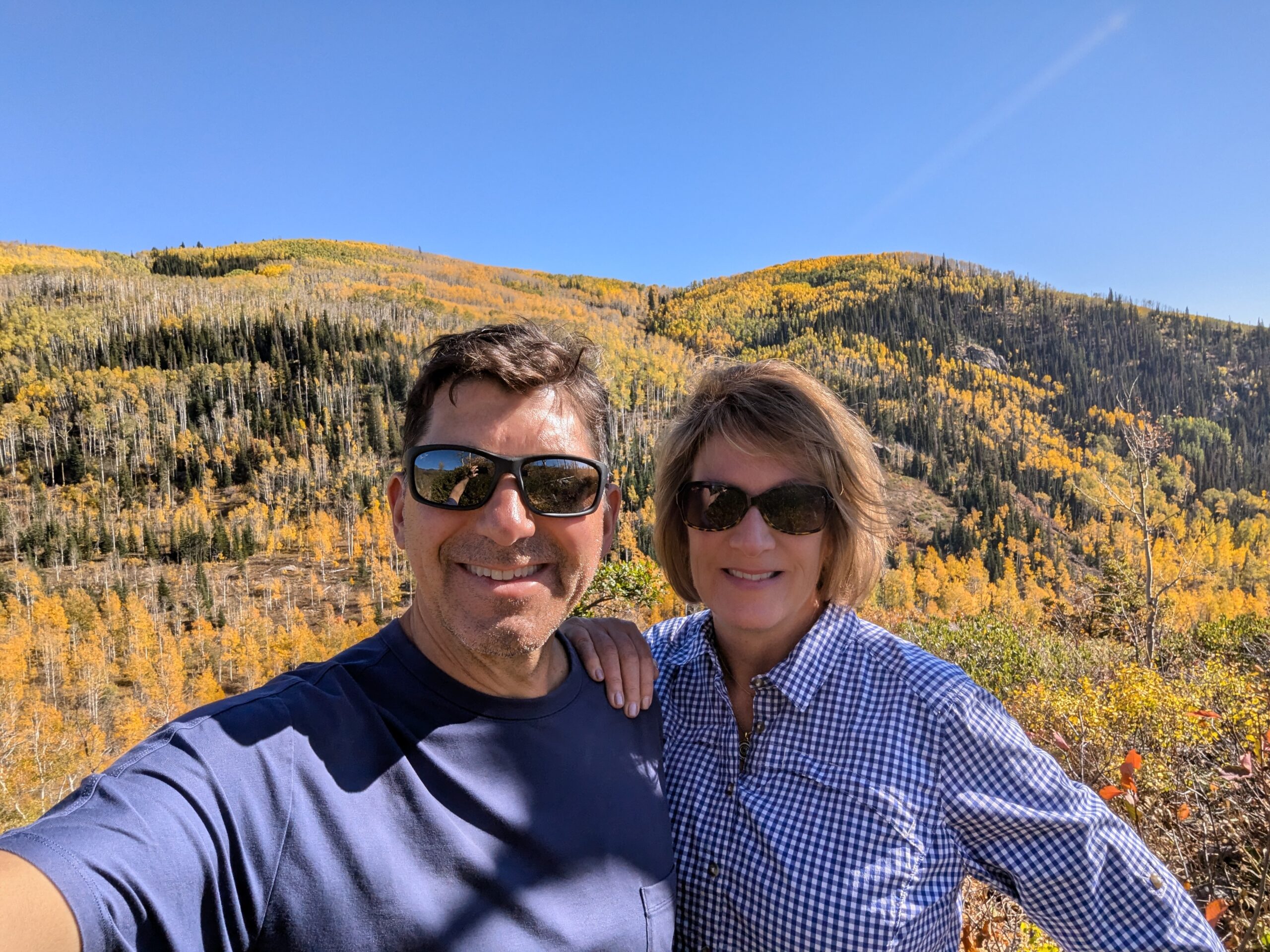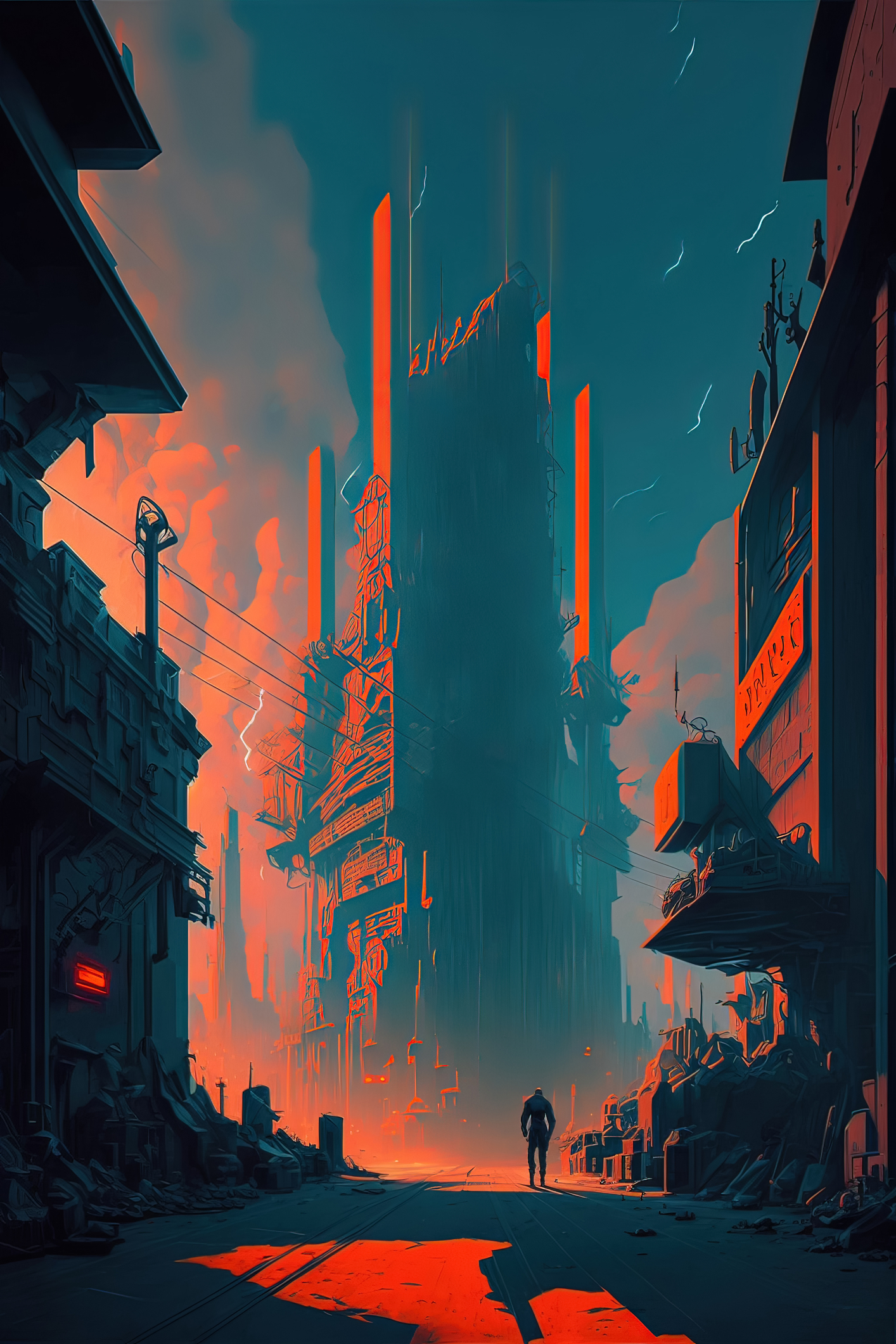I’m reminded of a joke (groans).
A man is sent to prison. As he settles into his captive routine he’s struck by a midafternoon affair among his jailed fellows. One would shout out, “Number 4!” The others would laugh.
His cellmate, seeing the newbie’s consternation, explained: “We’ve been here so long we’ve numbered the jokes instead of saying the whole thing. Here, you try. Number 7 is a really funny one.”
“What, just shout it?”
“Yeah, exactly.”
“Number 7!”
Silence.
The cellmate shook his head. He said, “Some people just can’t tell a joke.”
Speaking of numbered jokes, the NYSE filed with regulators to offer new order types – regulated ways to trade stocks – designed to attract large institutional orders now flowing to “dark pools,” or marketplaces operated by brokers where prices aren’t displayed. The exchange has long battled rules in markets that promote trading in dark pools, arguing that these shadowy elements of the national market system inhibit price-discovery.
Let’s translate to English. The NYSE is a big stock supermarket with aisles carrying the products your equity shopper needs, where prices and amounts for sale are clearly displayed. Across the parking lot there’s an unmarked warehouse, pitch black inside, with doors at both ends.
You can duck into the supermarket and check prices and supplies for particular products, and then hurry over to the warehouse and run through it holding out your hands. You might emerge with the products you wanted at prices matching those in the supermarket.
The advantage? You don’t attract a crowd wanting the same products you’re trying to buy the moment you reach up to take one off the shelf in the supermarket.
The NYSE says it plays Best Buy to internet shoppers, in effect, and that these unmarked warehouses, dark pools, make it hard for buyers to understand the real supply available in the market. That’s got merit, no question. If you’re led to believe that this item is the last one, you’ll pay a higher price – but what if there are scads more in the warehouse and because you just bought the one on display, a run on the warehouse ensues? This happens every day in stocks.
What’s jocular is that the NYSE, like every store, has got a back room with more supply in waiting. Exchanges even pay their suppliers, fast traders ferrying goods around the marketplace, re-stocking fees called rebates. Traders earn the best rebates for taking shares straight to the shelf. But lesser ones are paid for stocking the backroom too.
These new order types creating what the NYSE calls the Institutional Liquidity Program offer big buyers access to the backroom. It’s a dark pool. A giant warehouse at the rear of the supermarket.
So how does that foster price-discovery? By “price discovery” we mean the capacity to assess supply and demand for a particular set of equities so as to offer a fair price for them. If there’s a bit on the shelf and bunch in storage and you have to buy at the best displayed price, well, you got jobbed as an investor by confusing scarcity and choice. The same happens to companies running buybacks, evaluating “fair value,” or calculating equity cost of capital.
To be fair: Investors need protection from shelf-hoppers. The NYSE is trying hard to address a real problem and we credit them for competitive pluck. What would be better is for any marketplace selling stocks to compete standalone. The best markets would thrive, and the poor ones would fail. As it is, stock-trading in the US, unlike all other markets save health care and education, forces everybody to offer the exact same thing. That’s a sure recipe for mediocrity. The lowest common denominator will define the standard.
We might as well all shout zero! And then laugh.





